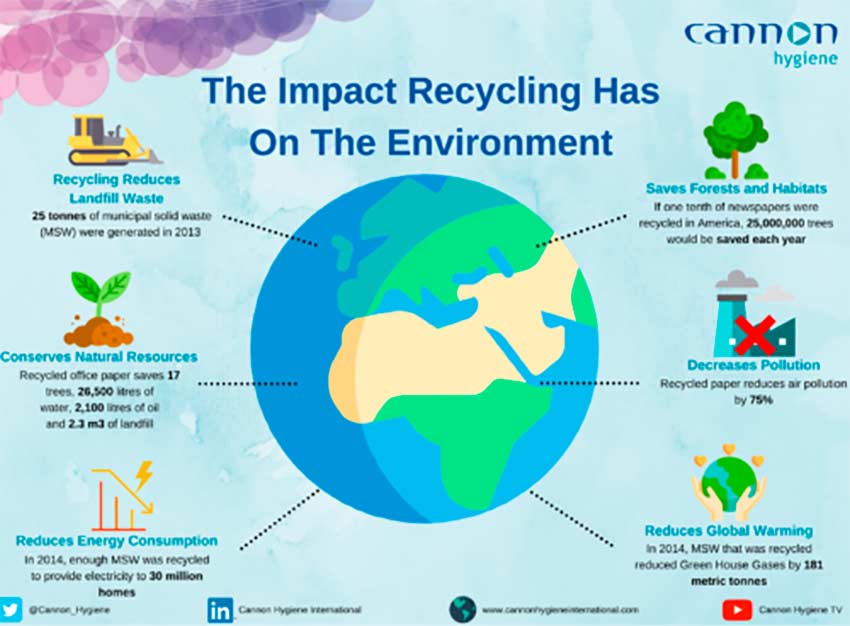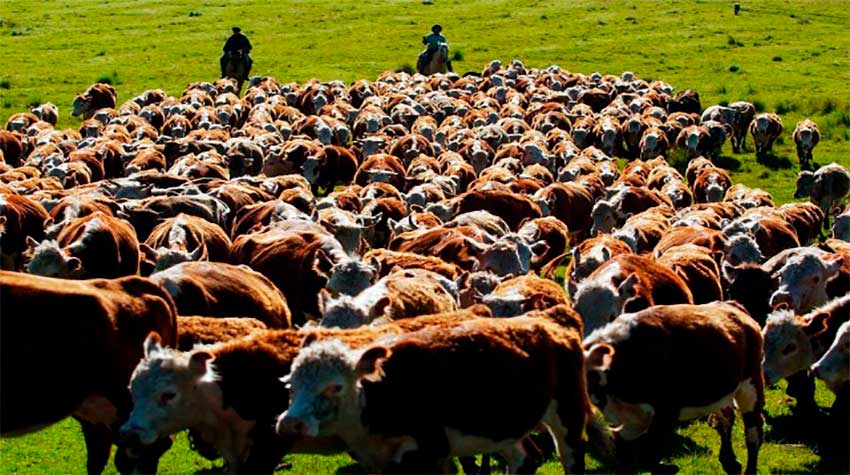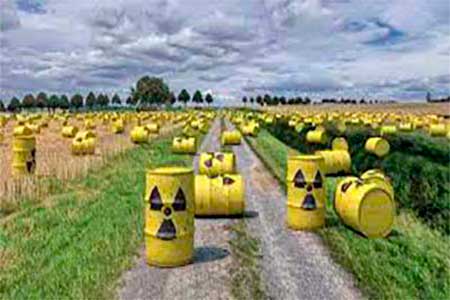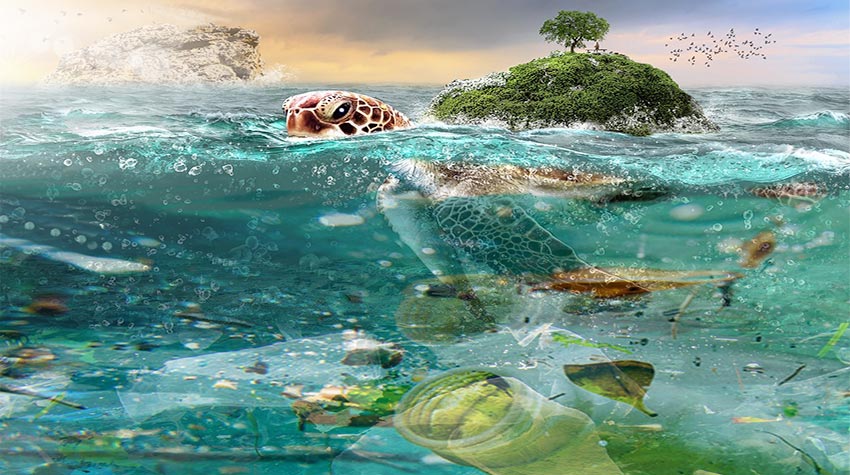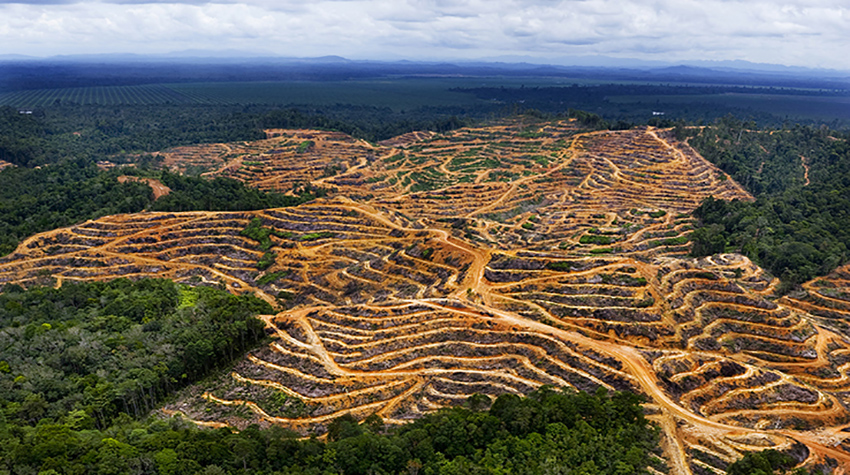FAQs about Biodiversity

10. How many species are there in the world?
“Global biodiversity is a measure of global diversity and is defined as the total variability of life forms. The number of species of living beings that have been described to date is around 1.9 million. This number is only approximate and varies according to the sources (…) Regarding viruses, which are not generally considered living beings, some 3,200 species have been described.”
Between the years 2009-2014 a number of species have been identified that are broken down as follows:
| ANIMALS: 1.426.337
Chordates: 68,972 Vertebrates: 66.176 4 Mamals: 5518 Birds: 10.425 Reptiles: 10.038 Amphibias: 6515 Fishes: 32.000 Agnathas: 116 Cephalochordatas: 33 Tunicatas: 2760 Invertebrates: 1.359.365 Insecta: 1.000.000 Arachnida: 102.250 Crustacea: 47.000 Mollusca: 85.000 Others: 125.117 |
FUNGIS: 74.000-120.0005
LICHENS: 17.000 PLANTS: 323.674 Vasculars Plants: 309.674 Spermatophytes: 280.000 Gymnospers: 1021 Ferns: 12.000 Mosses: 16.236 Algae: 12.272 Others: 10.000 PROTOCTISTAS: 55.0006 BACTERIA: 10.0007 ARCHAEA: 5008 VIRUSES: 32002 |
|---|
Source:
Wikipedia. Biodiversidad global. Retrive from https://en.wikipedia.org/wiki/Global_biodiversity
FAQs about Biodiversity
1. Why is International Day of Biological Diversity celebrated on May 22?
2. What is biodiversity, and which is the most biodiverse country in the world?
3. What are the megadiverse countries of Latin America?
4. What is the Environmental Conservation Monitoring Center?
5. What are the dangers to marine biodiversity?
6. How many species are there in the Amazon and what is the danger they face?
7. What is the importance of biodiversity?
8. How is biodiversity measured?



